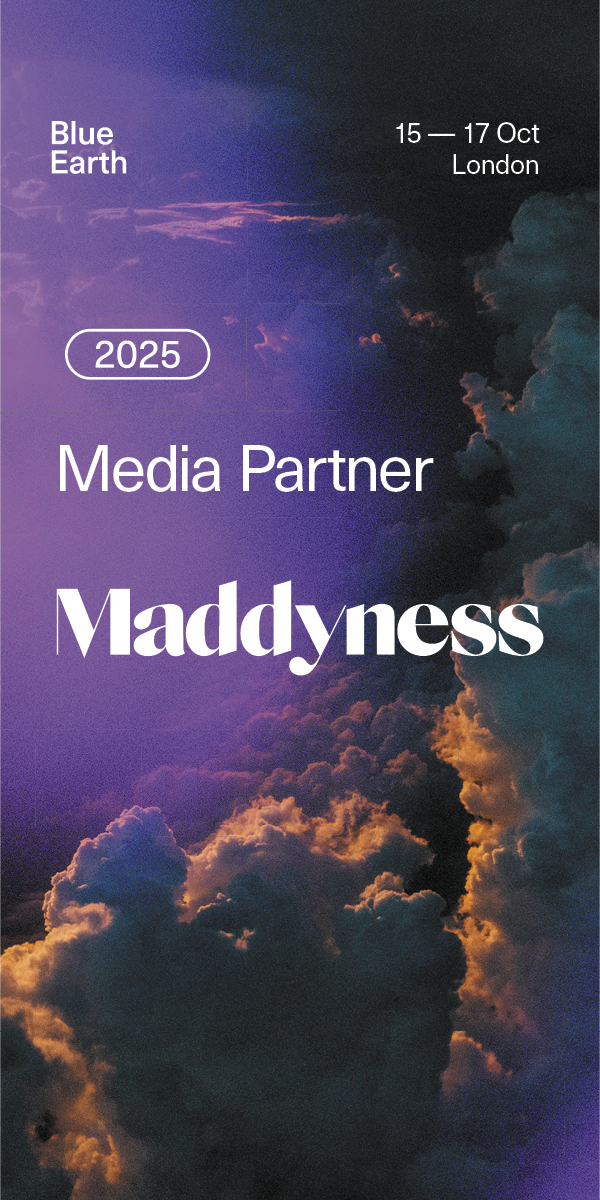One of the key predictors of startup success is the difference between a customer who wants your product and a customer who needs your product. It’s the difference between nice-to-have and must-have. You definitely want to sell to the latter, even cultivate an audience of them.
Here’s the tricky thing. Evolving from want to need isn’t just a matter of convincing the customer of the merits of your offering, how it will change their lives for the better, and why that life change is important to them. Don’t get me wrong, that’s all an important part of the negotiation, but it’s really just the final step.
Before you put any of that sales jargon in front of customer prospects, you need to make sure you’re building a product that solves their problem in a way that’s bigger than the cost and hassle of exploring, purchasing, and using your product.
Small solutions are small businesses. They’re wonderful, and you can make a steady living out of building and running a small business, but you’re always going to be bumping into a ceiling on your growth, regardless of how good your sales and marketing campaigns become.
How customer need drives customer demand
One of the reasons this entrepreneur wasn’t having luck finding customer prospects that lent to repeatable sales was because they hadn’t nailed that need vs. want equation yet.
Their offering is solid, and presented very well, productised in a package that’s easy to understand and decide if it’s worth the time and effort to purchase. This is important, because one of the first mistakes entrepreneurs make is burying the value proposition in either a lot of jargon or a long series of clicks to get to the purchase decision.
The problem for this entrepreneur, however, is that the purchase decision, more often than not, is going to be a NO. This is due to, in my opinion anyway, the fact that while their solution helps solve the problem they intend to solve, it doesn't solve enough of the problem to justify the time and the cost.
This is another area where startups find themselves buried in mediocre growth or stagnancy. Customers don’t want to buy and use five apps to get to a solution. They don’t think in terms of features, they think in terms of problems.
It’s these small, nuanced differences that, when explained and analysed properly, can lead the way to bigger and better strategic approaches. In fact, the second question this week involved another subtle difference between Minimum Viable Product and Prototype that could save an entrepreneur $30,000 or more in development costs.
This article was originally published on Medium by Joe Procopio
Joe Procopio is a multi-exit, multi-failure entrepreneur. He is the founder of startup advice project TeachingStartup.com and is the Chief Product Officer of mobile vehicle care and maintenance startup Get Spiffy. You can read all his posts at joeprocopio.com
If you want more direct advice and answers, look into Teaching Startup.










